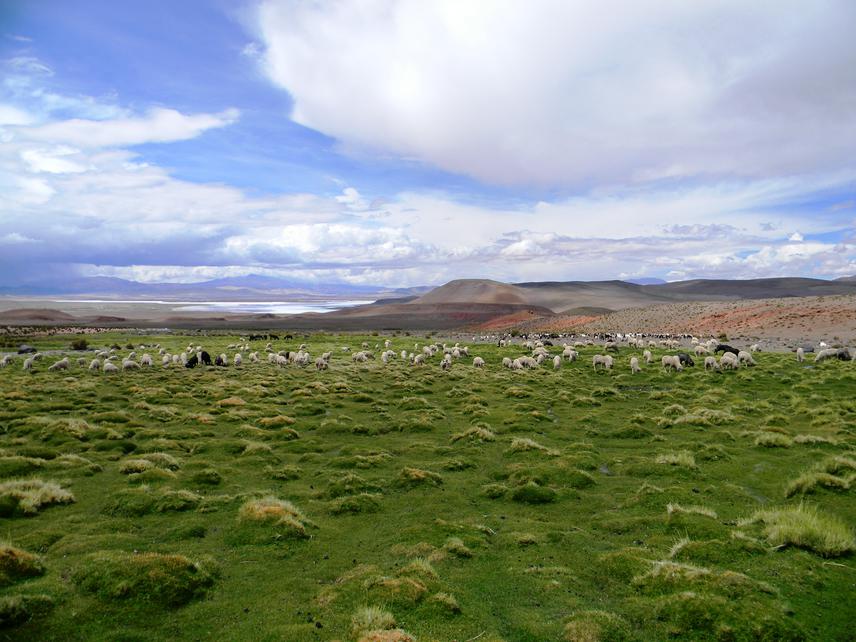Andrea Izquierdo
Other projects
19 Jan 2005
Implications of Changes in Demographic and Land-Use Patterns on the Biodiversity of Atlantic Forest in Misiones, Argentina
18 Jan 2013
Scenario-Based Conservation Planning of Argentine High Andean Wetlands: Geographic Patterns, Climate Change and Mining Prospects
The overall aim of this project is to understand the relationships between human demography and land-use patterns and its implications for the biodiversity.

The Atlantic Forest region is a Conservation International Hotspot and the largest continuous remaining area of this type of forest in the province of Misiones (Argentina). For many years, the Atlantic Forest has been deforested for agriculture, grazing, and timber extraction. Nevertheless in the last decade Misiones has experienced rapid socioeconomic change. Some of the most important factors include: expansion of monospecific plantations, subsides to increase cattle grazing and increase in rural-urban migration. Thus, within Misiones, there are areas of forest in a matrix of plantations, other areas are surrounded by agriculture, and others are embedded in a matrix of pastures. These factors have been important implication for the biodiversity of the Atlantic Forest. By understanding how indicators species respond to these different matrices, I will be in a better position to develop effective land-use plans and conservation activities to improve the conservation of the region
The project includes two phases. The first phase of the project included basic research on the demographic dynamics and their effect on land-use practices in the last thirty years (Izquierdo et al. 2008). In a second phase, I will document the impact of land-use change on the biodiversity. Specifically, I am interested in how bird, amphibian and ant communities are responding to different landscape matrices. Birds and amphibians are censuses by detecting calls using automated remote recording devices. Ants are collected from the leaf litter. Finally, I will use this information as a basis for developing future land-use/conservation scenarios for the province of Misiones that will include social, economic and biodiversity factors.